Seven years ago today, on the 70th anniversary of D-Day, I launched this investigation here at Photocritic International, with a pair of Guest Posts by noted photojournalist J. Ross Baughman. Hard to believe that, with key contributions by Baughman, Rob McElroy, and Charles Herrick, the inquiry has extended this far and dug this deep — certainly the most expansive research project that I have ever undertaken, and arguably the deepest forensic dive ever made into any set of photographs by anyone.
Going into our eighth year, I expect to wrap up this phase over the summer and early fall with two series of posts now in production: Further exploration of LIFE staff photographer Bob Landry’s coverage of and experiences during the early days of the invasion, by Charles Herrick, and a carefully controlled, documented, and recorded set of tests of exposure and development of 1944-dated Kodak Super-XX film (the same film that Capa used on D-Day), conducted by the newest member of our team, Tristan da Cunha.
 Fortuitously, I may have discovered a source with the ability to provide details of the workings of the London-based Ministry of Information (MoI). Under the aegis of the Supreme Headquarters Allied Expeditionary Forces (SHAEF), the MoI oversaw the censorship of all materials — written, photographic, filmic — produced in the European theater of operations for distribution to and publication by the press internationally. From UK experts on that subject I hope to learn more about (a) the censorship process itself, especially as it pertained to photographs, and (b) the disposition of censored materials at the end of the war, specifically Robert Capa’s confiscated D-Day images. Whatever I discover will get reported here.
Fortuitously, I may have discovered a source with the ability to provide details of the workings of the London-based Ministry of Information (MoI). Under the aegis of the Supreme Headquarters Allied Expeditionary Forces (SHAEF), the MoI oversaw the censorship of all materials — written, photographic, filmic — produced in the European theater of operations for distribution to and publication by the press internationally. From UK experts on that subject I hope to learn more about (a) the censorship process itself, especially as it pertained to photographs, and (b) the disposition of censored materials at the end of the war, specifically Robert Capa’s confiscated D-Day images. Whatever I discover will get reported here.
Two Responses to This Project
Found this generous acknowledgment in an endnote in Sand and Steel: The D-Day Invasions and the Liberation of France, by Peter Caddick-Adams (New York: Oxford University Press, 2019):
“I am enormously grateful to internationally renowned photo-critic A. D. Coleman and his www.nearbycafe.com website for alerting me to the alternative history of Robert Capa on D-Day, reconstructed in thirty-seven forensic articles spanning four years.” (P. 968)
Caddick-Adams is currently director of the Defence & Global Security Institute (DGSI) and visiting lecturer at the Centre for Historical Research, School of Social, Historical & Political Studies, University of Wolverhampton, UK. To the best of my knowledge, this is the first book by a military historian of repute to take substantial notice of our research, incorporate it (in part) into the book’s content, and acknowledge it. I find his precise use of the word “forensic” particularly gratifying in this regard.
So I certainly appreciate this distinguished military historian’s gracious kudo to the members of this team for the work we have done. I regret that Caddick-Adams credits me only, especially as the bulk of the research contributions on which he would have relied were produced by Ross Baughman, Rob McElroy, and Charles Herrick. So the compliment belongs as much to them as it does to me, if not more so, and I accept it on their behalf as well as my own.
Most of all, however, I appreciate the evidence this note provides that our research has begun to affect the field of military history as well. In my posts on this research project I have noted periodically the tendency of military historians — some of them widely known — to parrot uncritically the D-Day story promulgated by Robert Capa, John Morris, and their co-religionists. Unwittingly, this has served to spread the myth well beyond the relative confines of the audience for photography.
The book is impressive in many ways. One of my measures for contemporary photo books is “big enough to squash a cat if dropped from waist height.” As this is a book of text, smaller in size and on lighter stock, I revise that to “big enough to squash a rat if dropped from waist height,” for which status this tome definitely qualifies.
Given the timelines involved in editing, printing, binding, and shipping of this book in order for it to be available in early 2019 (so as to take advantage of the 75th anniversary of D-Day on June 6), I would estimate that this had to go to press in September 2018 at the latest, meaning that the writing had to wrap in the early months of that year. Hence, I assume, Caddick-Adams’s reference to “37 forensic articles,” meaning that he had to cut off at this December 7, 2017 post of mine. That actually covers much of the crucial material we have developed, save for Herrick’s efforts at tracking Capa’s films from Omaha Beach to London, his examination of the “legend of the lost films,” and subsequent matters.
The incorporation of our research into Caddick-Adams’s narrative is, to say the least, a mixed bag. And I use that term advisedly. In the salient sections (p. 330, p. 636, pp. 677-83) he moves from extracts from Capa’s 1947 memoir Slightly Out of Focus, taken at face value, to Richard Whelan’s tortured effort to place Capa on the USS Henrico, to having Capa on the USS Samuel Chase, to assuming water damage to the films, to accepting the notion that Col. Charles Hangsterfer and Capa saw and recognized each other on Easy Red, to finally mirroring a number of our conclusions: that Capa came in on a later wave than he claimed, ca. 0830; that he stayed less than an hour; that he left on LCI(L)-94; that David T. Ruley filmed him thereon; and that the darkroom disaster story was a fabrication.
In the style of Steven Ambrose, and Cornelius Ryan before him, Caddick-Adams interweaves passages about Capa with concurrent events from other perspectives, including those of German defenders. The sentence that ends the last of the Capa-related passages, followed immediately by the endnote reference to our project, is this:
“One’s respect for the photographer braving fire on Omaha beach, armed only with a camera knows no bounds, but is a lesson for historians in accepting received wisdoms at face value.” (P. 683)
So we can claim, truthfully, that our project has begun to affect not just Capa studies (such as they are) and the historianship of photojournalism and photography, but the field of WWII military history as well.
At the same time, it has done so, at least in this case, in an extremely bollixed way, with facts mixed in with factoids and outright fictions. And I anticipate that, at least in the short run, we may have to settle for that, content that we have at least perturbed the received wisdom in the several disciplines to which our work pertains.
Conceivably, if I am able to write and publish a book distilling our efforts, that may speed up the process of our version replacing the current fantasy. But I won’t hold my breath on that outcome. As someone once said, “A lie can run round the world before the truth has got its boots on,” and this lie has a 77-year head start.
(Note: If you want a wonderful fictional read that in fact provoked revisionist historianship of its subject, I cannot recommend too highly Josephine Tey’s The Daughter of Time (1951), in which Inspector Alan Grant, a bedridden detective drawn to a contemporary portrait of the much-maligned Richard III, delves into the literature of that English king’s life and supposed crimes. It’s a fine example of close attention to imagery and the inevitable biases of historical documentation and the practice of historiography itself. In some undefinable ways, what I learned from it underpins this investigation.)
•
Just for contrast: Over at his blog The Online Photographer, back in September 2019, Mike Johnston weighed in on the Capa D-Day Project as follows:
“Recently Robert Capa has become retroactively controversial, apparently for the purpose of retrospectively besmirching his reputation, to what purpose I have no idea. It has been suggested by ivory-tower critics, from the warm and comfortable confines of their safe surroundings, that he might have been scared (scared!) on D-Day and that he might have botched this particular part of his assignment, submitting ruined film from which only a few images were salvageable. Well, I imagine I would be scared if I were in the middle of the action on D-Day, too, and, although I am only speculating, I think some of his censurers would shit their pants in combat.
And how you have ‘failed’ your assignment when you create (by whatever combination of chance, contrivance, and circumstance) one of the iconic images of the entire Second World War and one of the most famous war images in the history of photography, somebody else is going to have to explain. How one still photograph could better convey the sense of being mortal and human and exposed in the midst of the hell of the invasion, I do not know; and I also don’t know how Robert Capa’s accomplishment could have been improved if this picture were sharp and clear and fastidiously exposed according to armchair optimum practices, and if it were accompanied by more outtakes.”
Disappointing, especially because Johnston and I have a past collegial relationship sufficient enough that he knows (a) I’m hardly an “ivory-tower critic,” whatever he means by that slur, (b) the Capa D-Day project certainly does not have “besmirching [Capa’s] reputation” as a goal, (c) it also does not have accusing him of being afraid on Omaha Beach — to which he admits in his own memoir — as a goal, and (d) it certainly does not fault him for any blurriness in the few exposures he made there.
![]() Moreover, the fact that an image became “iconic” over time does not somehow immunize it and the conditions of its production and publication and iconicization against stringent analysis. To the contrary. Certainly it does not insulate the legend encrusting it from scrutiny. We call this critical thinking. If Johnston doesn’t know this, high time he found it out. (“When everyone dislikes something, it should be examined. When everyone likes something, it should be examined.” — Confucius, Analects 15:28)
Moreover, the fact that an image became “iconic” over time does not somehow immunize it and the conditions of its production and publication and iconicization against stringent analysis. To the contrary. Certainly it does not insulate the legend encrusting it from scrutiny. We call this critical thinking. If Johnston doesn’t know this, high time he found it out. (“When everyone dislikes something, it should be examined. When everyone likes something, it should be examined.” — Confucius, Analects 15:28)
Most disappointing, therefore, is the fact that Johnston has a lifetime of experience with analog photographic materials under his belt. So he knows full well that for decades Robert Capa, and John Morris, and Cornell Capa, and Richard Whelan, and Cynthia Young, and numerous others peddled a pack of lies about the mythical darkroom disaster that supposedly destroyed three and half rolls of Capa’s Omaha Beach exposures. That conspiracy of falsification of the record stretches all the way back to the summer and fall of 1944, just after D-Day, and right on up to the present day, as our research has demonstrated. Johnston doesn’t think that matters enough to even merit scrutiny, much less condemnation. The team researching the myth disagrees.
Let’s Get Granular
To take a virtual walking tour of the Easy Red sector of Omaha Beach, where Robert Capa landed, go to History Traveler Episode 47, D-Day: The Beast of Omaha & WN 62, from March 26, 2020, on YouTube. It includes several of Capa’s images.
•
To accompany that, Charles Herrick extracted this top-secret D-Day map from the June 3, 2019 National Geographic website story “Top secret maps reveal the massive Allied effort behind D-Day.” The online feature, alas, is available only to subscribers. But the map, one of its illustrations, is declassified U.S. government product and thus in the public domain, so we can reproduce it here. As Herrick notes, “[It] for the first time helps viewers (including me) visualize the exact spot where Capa landed; Easy Red is identified right in the middle of it. It’s a powerful visual artifact.”
(Note: The black & white strip toward the bottom of the map image, beneath the shoreline, is a composite panoramic photographic view of the shoreline from the perspective of an incoming seaborne vessel.)
Herrick writes further:
- I annotated Capa’s landing site — within 50-100 yards.
- I also annotated the location of the draw used by Spaulding and Co. G as they scaled the bluffs. For reference purposes, that is the draw to the right-center of Capa’s Neg 32, at the top of which were the distinctive tree silhouettes (as used in the Seam piece, but not attached here. See this earlier post.)
- And I annotated the location of the Roman Ruins.
- Just to make sure everything matches, I’m also attaching the annotated overhead picture showing movement off the beach, which was also used in the Seam piece. If you rotate it 180 degrees to make the comparison easier, you’ll see all the treelines in the photo align with the treelines on the map, so the terrains match.
•
Incidentally, if you think we get granular on this subject here at the blog, pay a visit to this thread, where a cluster of military buffs — including Richard C. Anderson, also a respected military historian — discuss Charles Herrick’s posts here on the military aspects of the landing on Easy Red. Recently I browsed this entire thread, which I’d glanced at some time back, when it was just starting up. This is the only serious response that I have come across to Herrick’s analyses of the Capa photos, the Easy Red landing, etc. The participants’ commentaries are reasonably informed. And the thread now includes Herrick’s responses, which it didn’t when I first visited.
Given the level of detail into which these respondents (and Herrick himself) go, I appreciate even more his condensing and simplifying all this excruciating detail for readers not of the military persuasion, myself included. Despite the fact that much of it is over my head and above my pay grade, I enjoyed browsing the thread. Though it didn’t surprise me, Herrick’s ability to convince this cluster of people with some expertise on military matters confirms the credibility of his investigation(s) on this subject, justifying my reliance on his researches.
•
This post sponsored in part by a donation from Carlyle T.
•
 Special offer: If you want me to either continue pursuing a particular subject or give you a break and (for one post) write on a topic — my choice — other than the current main story, make a donation of $50 via the PayPal widget below, indicating your preference in a note accompanying your donation. I’ll credit you as that new post’s sponsor, and link to a website of your choosing.
Special offer: If you want me to either continue pursuing a particular subject or give you a break and (for one post) write on a topic — my choice — other than the current main story, make a donation of $50 via the PayPal widget below, indicating your preference in a note accompanying your donation. I’ll credit you as that new post’s sponsor, and link to a website of your choosing.
And, as a bonus, I’ll send you a signed copy of my new book, poetic license / poetic justice — published under my full name, Allan Douglass Coleman, which I use for my creative writing.



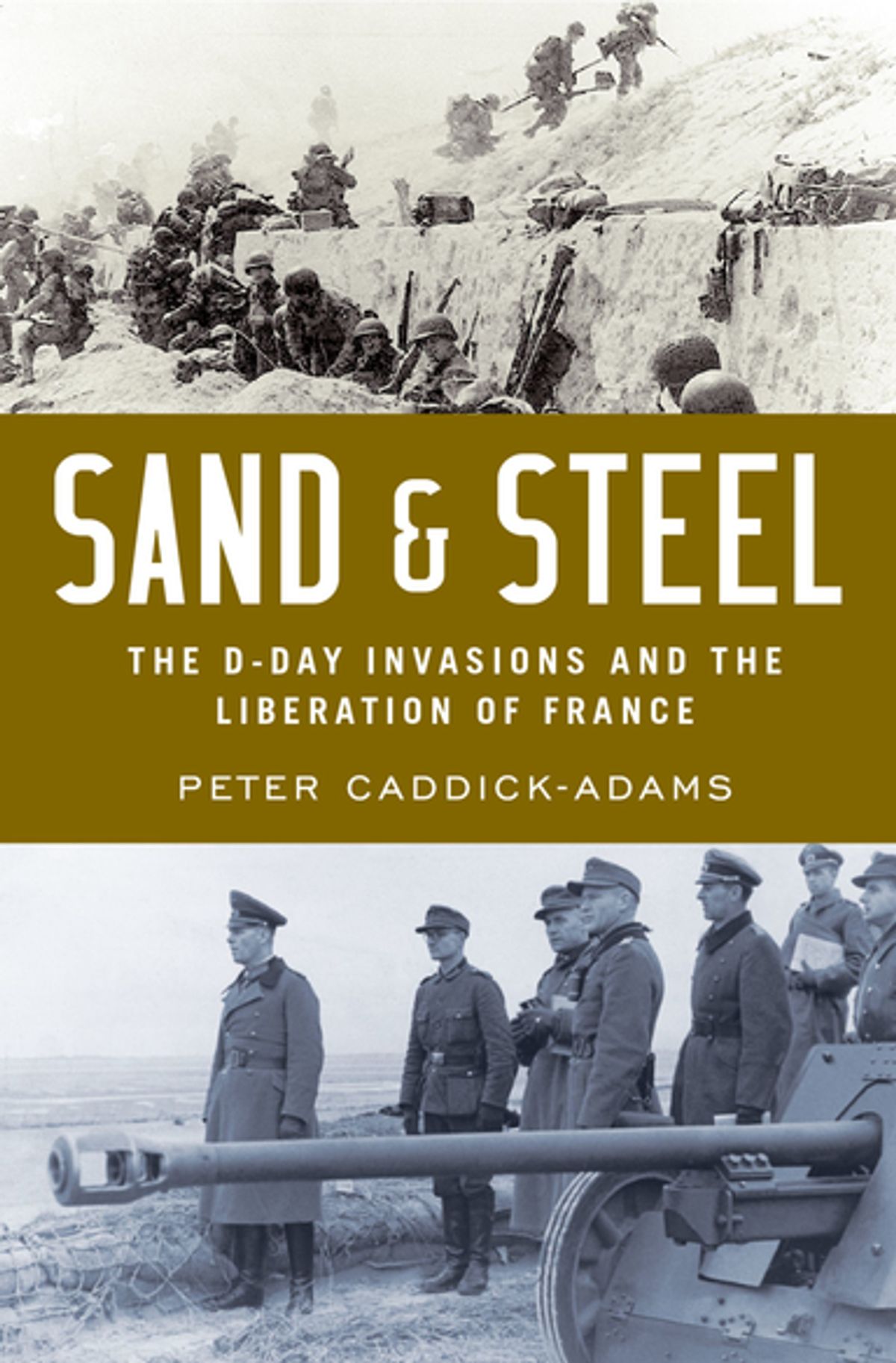
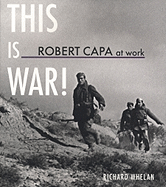

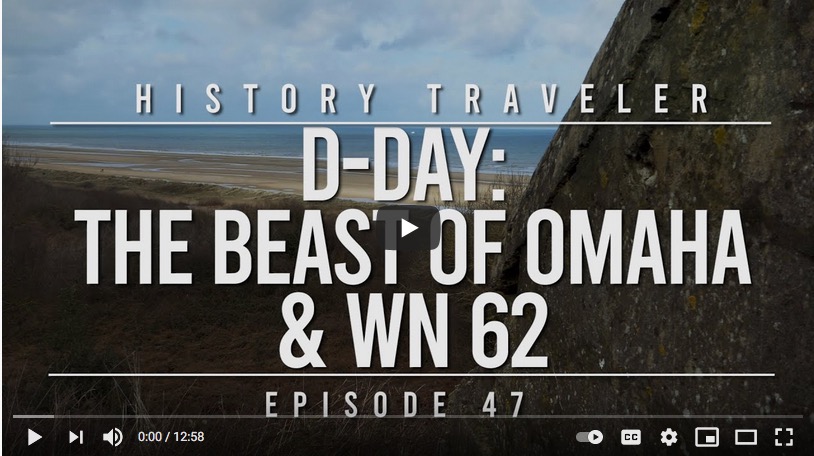
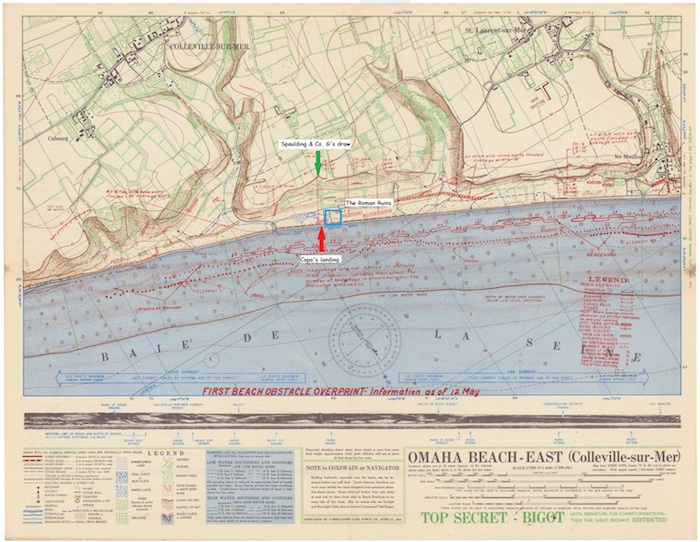
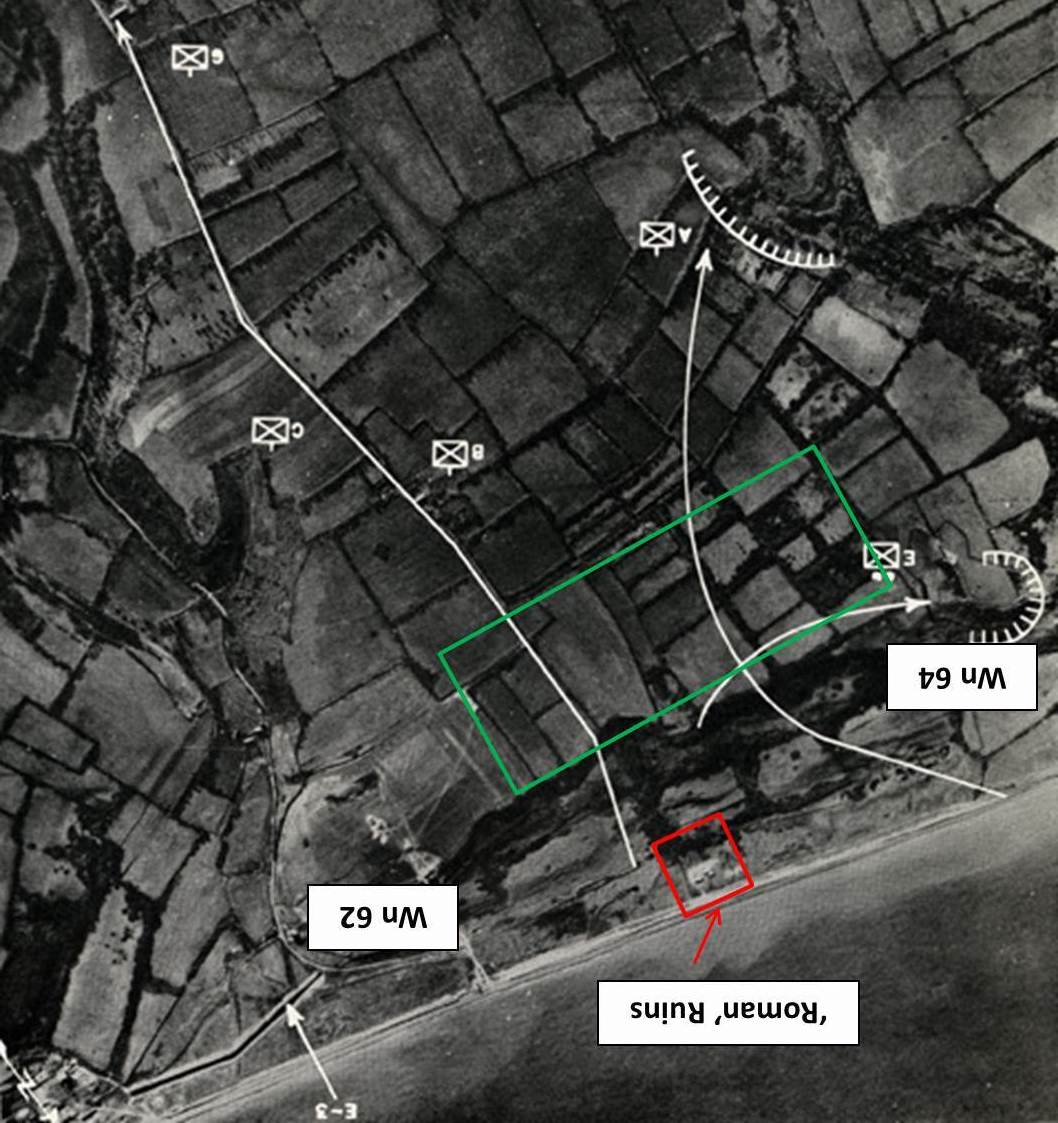




Why don’t you beat a dead horse? Better to critique Paul Graham.
I gather that you’re fond of the “dead horse” metaphor, which you used in your comment on this project a year ago. Same time next year?
‘Sacred cow’ might be the better metaphor, Arthur, Capa is neither immune nor less ripe for investigation than anyone.
Mike Johnstone is an excellent fellow, but very uncomfortable with re-examining things he learned young. He was remarkably dismissive to me once when I remarked that Ansel Adams photos bear a certain resemblance to the paintings of JMW Turner, which I will grant is a bit of a stretch. Still, I maintain the opinion.
I for one would very much like to know about the operation of MoI. This has been a substantial gap in the analysis, and it would be well to have it filled.
All I know so far is that the Ministry of Information archives do exist, and a research project excavating them has begun recently. Given what I assume as the volume of that material, the research team seems small, and almost certainly limited thereby in what they can achieve.
Still, the mere fact that some (all?) of the MoI material has survived until now gives me reason to hope that we may eventually learn what became of any Capa D-Day material they censored.
Fortuitously, upon reading my column a London-based photo historian volunteered to poke around in the archive on behalf of this project. That will spare the MoI Digital team any distraction from the Herculean tasks they have set themselves. Anything that turns up will get reported here.
Looking at this from a broader perspective, if the material that MoI confiscated remains there, intact in part or in whole, then there’s a new history of WWII in Europe to get researched and written, based on that trove. Literally a secret history, as it would base itself on dispatches, still photos, films, and other materials deliberately withheld from publication at the time and never disclosed thereafter.
I find it curious that (so far as I can determine) no historians have delved into this repository till now. Better late than never, I suppose.